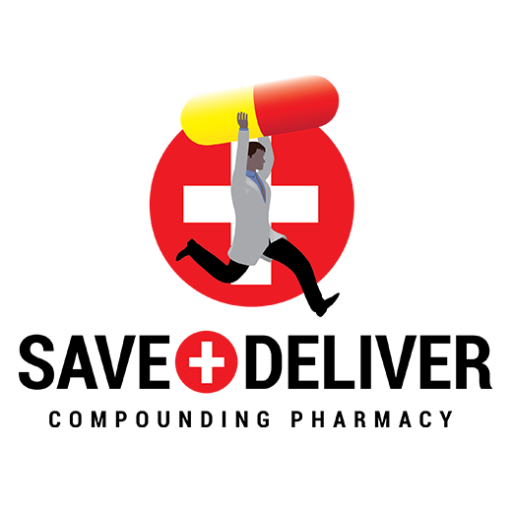How to Measure Blood Pressure at Home
Many health care practitioners have seen this scenario play out numerous times: a patient is discovered to have abnormal blood pressure readings during a regular checkup at the doctor’s clinic. Further inquiry often reveals that the patient is unable to recall the last time their blood pressure was taken. When questioned if they are aware of their elevated blood pressure, the patient responds, “I seemed to have no idea!”
This is generally the case for half of the population and together need to know more about Blood pressure! So, let’s start with it!
What does blood pressure mean?
Your blood’s force against your artery walls is measured as blood pressure. Your heart pumps blood into the arteries with each heartbeat. If your heart is beating and pumping blood, your blood pressure will be at its highest. The term for this is systolic pressure. Your blood pressure decreases when your heart is at rest, in between beats. The term for this is diastolic pressure.
These two figures are used to calculate your blood pressure. Systolic figures typically appear before or above diastolic readings. As an illustration, 120/80 denotes a 120 systolic and an 80 diastolic.
Blood pressure classifications
The American Heart Association recognises the following five blood pressure ranges:
Normal
Blood pressure readings that are less than 120/80 mm Hg are regarded as normal. If your outcomes fall within this category, keep up heart-healthy routines like eating a balanced diet and exercising frequently.
Elevated
When readings are consistently between 120 and 129 systolic and fewer than 80 mm Hg diastolic, the blood pressure is considered to be elevated. Unless action is taken to control the condition, those with raised blood pressure are prone to develop high blood pressure.
Stage 1 hypertension
Blood pressure that continuously falls between 80 and 89 mm Hg diastolic or 130 to 139 systolic is referred to as Stage 1 hypertension. Depending on your danger of atherosclerotic cardiovascular diseases (ASCVD), such as heart attack or stroke, doctors may recommend lifestyle adjustments at this phase of high blood pressure in addition to blood pressure medicines.
Stage 2 hypertension
When blood pressure continuously varies at 140/90 mm Hg or higher, hypertension is said to be in Stage 2. Doctors are likely to recommend a mix of blood pressure drugs and lifestyle adjustments at this level of high blood pressure.
Hypertensive emergency
Medical intervention is necessary for high blood pressure at this point. If your readings suddenly go above 180/120 mm Hg, wait five minutes before taking another reading. Contact your doctor right away if your results are still unusually high. You might be going through a hypertensive emergency.
Prior to taking a blood pressure reading
Before knowing how to measure blood pressure, there are some tips that need to follow before taking blood pressure readings. Let’s look at them!
- Avoid activities and substances that can temporarily boost your blood pressure
Measure your blood pressure an hour after eating, smoking, consuming caffeinated beverages like coffee, or working out. All of them may momentarily increase your blood pressure. Before taking your blood pressure, go to the restroom if necessary.
- Put on comfortable clothing
Wear anything loose-fitting with short sleeves or with sleeves you can easily push up. This will allow you to wrap the cuff around your arm.
- Before taking your readings, take five minutes to relax
Find a quiet place to sit, ideally at a desk or table. Put your feet straight on the ground, brace your back, and place your arm on a hard surface. While you take your blood pressure, remain in this position.
- Make certain that your arm is stable and at heart level
Put yourself in a position where your arm is at heart level and resting on a table. Don’t stiffen up your hand or arm; keep it loose.
- Make sure you’re comfortable and at ease
Your blood pressure will momentarily increase if you are stressed or uncomfortable.
How to measure blood pressure at home?
Knowing the risks of high blood pressure and how to change someone’s health trajectory really is half the battle. The excellent thing is that high blood pressure, a silent killer, can be found right where you least expect it. Blood pressure can be easily checked, measured without an intrusive procedure or blood draw, and monitored often at home. Investing in an automatic cuff is the easiest means of measuring your own blood pressure. Automatic blood pressure monitors are simple to use and useful for those who have hearing loss. The digital monitor in these blood pressure cuffs will show your blood pressure measurement on a screen. The guidelines below should be carefully followed in order to use your digital blood pressure monitor and understand how to take blood pressure readings at home.
- Observe the guidelines provided with your monitor. Ensure that you wrap the cuff over your arm in accordance with the directions.
- Just above your elbow, position the arm cuff. To ensure that it can detect the artery in your arm, just beneath the skin, the cuff should be positioned about 2 cm above your elbow.
- While taking your reading, be motionless and quiet. Reading can be impacted by movement, chewing, chatting, and even laughing. Avoid crossing your legs because doing so will increase your reading as well.
- Take two or three readings, spacing them out by a minute or two. Take an additional reading if your initial reading is significantly higher than your second on the blood pressure monitor screen. You can calculate the average once you have two to three readings.
- Record your measurements in a journal. If you prefer, you can keep track of all your readings on paper, on your phone, computer, or monitor’s memory. Take accurate notes on how they appear on the screen.
This is an effective technique for blood pressure checking instead of a manual blood pressure checking method.
In the end, we would also like to recommend one more way to get your blood pressure readings at home that is Free Blood Pressure Testing by Save & Deliver Compounding Pharmacy! Yes! In order to guard against future illness, we provide free blood pressure checks. This is a straightforward armband test with immediate results. All of our clients and community members are eligible for this programme.
You can also read our other blogs –



